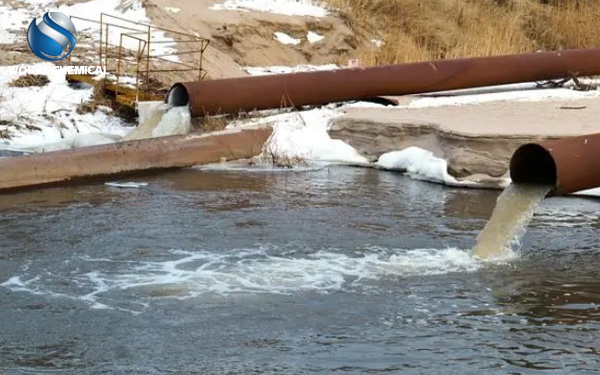
Municipal sewage treatment methods mainly include the following:

Physical treatment method: This is a basic treatment method, mainly used to remove insoluble pollutants and parasitic eggs in sewage. Common physical treatment techniques are grates and sedimentation tanks, which remove most solid waste and impurities, help prevent clogging of pipes and equipment, and reduce the burden of subsequent treatment processes.
Biological treatment: This is a common and important treatment method in municipal sewage treatment, using bacteria and microorganisms to break down organic pollutants and convert them into waste and gases that can be treated. Biological treatment can be further divided into activated sludge method, biofilm method, etc., they promote the growth and metabolism of microorganisms in different ways, so as to effectively remove organic matter in sewage.
Chemical treatment: In some cases, it is necessary to use chemical agents to assist the sewage treatment process. For example, phosphorus, nitrogen, difficult to degrade organic matter, inorganic salt and so on in sewage are removed by adding drugs, coagulation, neutralization and other methods.
Advanced treatment: After biological treatment and chemical treatment, further treatment may be required to further remove contaminants from the sewage. The methods of advanced treatment include concentration, digestion, dehydration and landfill, etc., which can turn sewage into sludge, and then seal and bury it, and discharge the filtered water.
In practical applications, municipal sewage treatment usually adopts a comprehensive treatment process, that is, the combination of the above methods to achieve the best treatment effect. In addition, with the progress of science and technology, some new sewage treatment technologies such as advanced oxidation method, membrane separation method, electrochemical method, etc., have gradually been applied to municipal sewage treatment, these technologies have the advantages of high treatment efficiency, small footprint, easy operation and so on.
In the process of municipal sewage treatment, it is also necessary to consider the collection of sewage, the regulation of water quality and quantity, and the treatment of sludge. The sewage first needs to be collected through the sewer system or sewage pipe, and then the water quality and amount of water are adjusted through the regulation tank to ensure the stability of the subsequent treatment process. At the same time, the sludge generated during the treatment process also needs to be properly treated to prevent secondary pollution.
In short, municipal sewage treatment is a complex and important process, which requires the use of scientific and reasonable treatment methods and processes to ensure the full utilization of treatment effects and resources.